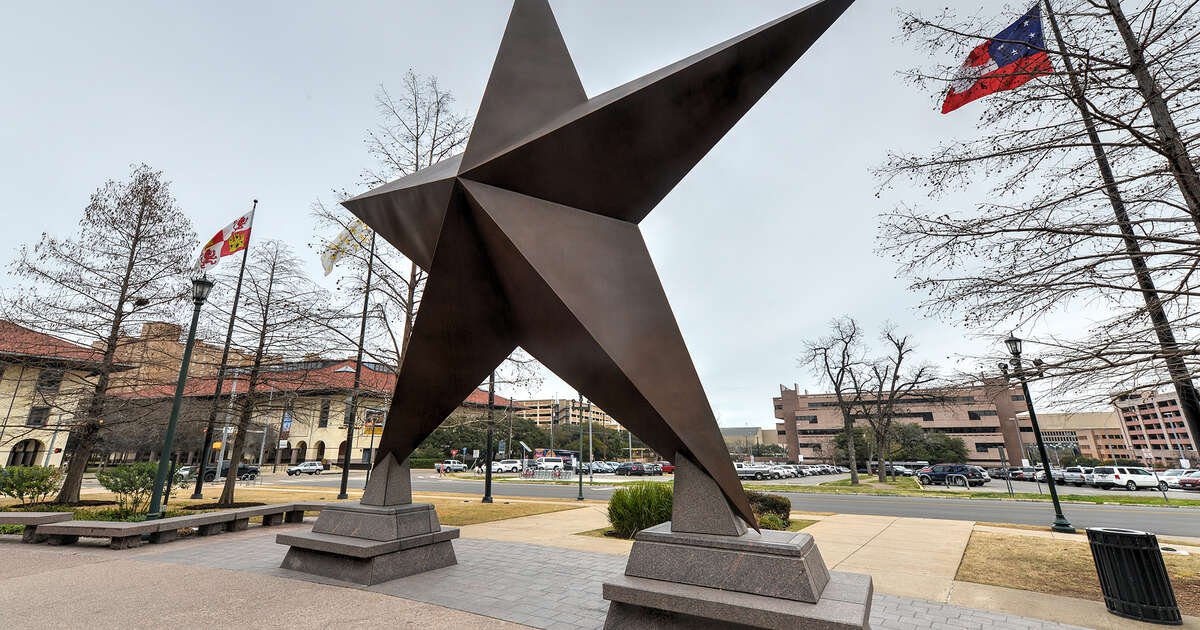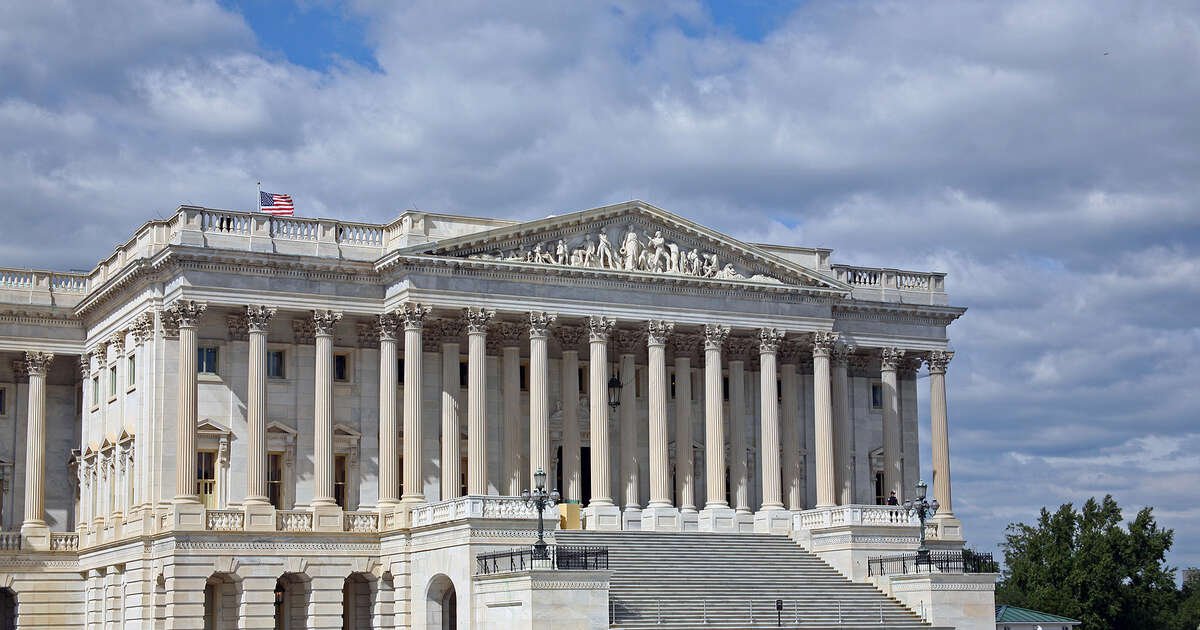On September 26, 2025, Somos Inc.filed a comprehensive Petition for Rulemaking with the Federal Communications Commission (FCC) seeking to fundamentally overhaul the nation's telecommunications numbering and routing systems. If the proposals included in the petition are fully adopted, it would represent the most significant transformation of the U.S. telecommunications infrastructure in decades, directly addressing the growing disconnect between legacy circuit-switched systems and today's IP-based communications environment.
Background and Current Challenges
The U.S. telecommunications system continues to rely on databases and processes designed for a legacy, circuit-switched environment despite the industry's widespread transition to Internet Protocol (IP) networks. The current system operates through three primary databases maintained by different administrators, a fragmentary approach that creates substantial inefficiencies and vulnerabilities:
- The North American Numbering Plan (NANP)
- The Local Number Portability Administration Center (NPAC)
- The Local Exchange Routing Guide (LERG).
The rise of AI-driven robocalling and sophisticated spoofing schemes has exposed critical weaknesses in this fragmented legacy structure that hinder effective call authentication and traceback capabilities. According to Somos CEO Gina Perini , modernization "is essential as spammers and cyber criminals supercharge their scams with AI to exploit the US telecommunications systems.”
The Role of Somos
Somos currently administers the NANP under the supervision of the FCC. The NANP Administrator serves as the neutral, non-governmental entity responsible for administering telephone numbering resources across 20 countries in North America and the Caribbean that participate in the NANP. Thus, Somos performs critical functions that ensure the orderly assignment and management of telephone numbers throughout this vast region.
The timing of the petition is particularly significant following the FCC's decision in June 2025 to discontinue the North American Numbering Council (NANC), which had operated since 1995 as an advisory committee on numbering issues. FCC Chairman Brendan Carr announced that the agency would transition NANC's functions to commission staff, signaling a more direct federal role in numbering administration.
Core Proposals of the Somos Petition
The petition requests three fundamental changes to current numbering administration:
- Retire the LERG: Somos proposes eliminating reliance on the Local Exchange Routing Guide, currently administered as an unregulated, monopoly-controlled database by iconectiv. The LERG, which contains over 1.3 million records of telecommunications numbering resources, has served as the primary routing database for decades. However, according to the Petition, its structure reflects circuit-switched network assumptions that no longer align with IP-based communications. In place of the LERG, the petition calls for an IP routing guide to be overseen directly by the FCC.
- Consolidate NANPA and LNPA Functions: The petition calls for merging the North American Numbering Plan Administrator (NANPA) and Local Number Portability Administrator (LNPA) functions into a single administrator under one government contract. Currently, iconectiv manages the NPAC as LNPA, while Somos serves as NANPA. This consolidation would create a unified numbering and portability database, eliminating duplicative administrative structures.
- Update FCC Numbering Rules for IP Networks: The Somos petition also requests the FCC to phase out geographic and switch-based assumptions in its numbering rules that no longer apply to modern IP-based networks. This includes removing regulatory frameworks designed for Time Division Multiplexing (TDM) systems that are rapidly being retired across the industry.
Benefits and Industry Impact
According to Somos, the proposed reforms would deliver multiple benefits to the telecommunications ecosystem:
- Cost Reduction: Carriers currently shoulder duplicative costs for multiple administrators. Consolidation would reduce these financial burdens while simplifying regulatory compliance. The petition emphasizes that fragmentation "imposes significant costs on carriers" through the need to maintain relationships with separate database administrators.
- Enhanced Security: A unified, FCC-overseen system would improve network security and enhance the effectiveness of anti-robocall tools like STIR/SHAKEN. The current fragmented approach creates vulnerabilities that cybercriminals increasingly exploit through AI-enhanced spoofing schemes.
- Simplified Operations: The proposed changes would reduce administrative burdens on carriers and streamline how they obtain numbers, port numbers, and route traffic. This operational simplification becomes increasingly important as the industry moves away from legacy TDM-based systems.
- Future-ready Infrastructure: The modernized system would better prepare U.S. numbering systems for emerging technologies, including AI-powered services and next-generation communications platforms.
Regulatory and Enforcement Considerations
The petition coincides with heightened FCC enforcement activity around robocall mitigation and network security. In August 2025, the Commission removed over 1,200 voice service providers from its Robocall Mitigation Database for failing to comply with updated requirements. This enforcement action demonstrates the FCC's increasingly aggressive stance toward non-compliant providers and its emphasis on systematic approaches to combating illegal robocalls.
The March 2025 expansion of Do Not Originate (DNO) requirements also supports Somos' arguments for modernization. The FCC now requires all carriers in the call path to block traffic from numbers that should never originate calls, highlighting the need for more integrated, real-time database systems that can support these blocking requirements effectively.
What the Implications if the Petition is Adopted?
Should the FCC fully adopt Somos' proposals, the telecommunications ecosystem would undergo its most significant transformation since the breakup of AT&T in the 1980’s. The changes would fundamentally alter how telephone numbers are administered, how calls are routed, and how carriers interact with numbering databases. Some of the resulting changes would come about quickly, while others would progress over the long term, eventually transforming the entire telecommunications ecosystem.
Immediate Operational Changes
- A Single Unified Administration: All numbering and portability functions would consolidate under a single FCC-contracted administrator, potentially Somos itself given its current NANPA role. This would eliminate the current division between NANPA and LNPA functions managed by different entities.
- Database Migration: The retirement of the LERG would require a massive migration of data to a new FCC-overseen IP routing guide. This process would affect thousands of carriers and potentially millions of routing records, requiring careful transition planning to prevent service disruptions.
- Regulatory Restructuring: The FCC would assume direct oversight of critical numbering and routing functions currently managed by private entities like iconectiv. This represents a significant expansion of direct federal control over telecommunications infrastructure.
Long-term Ecosystem Transformation
- Accelerated TDM Retirement: The proposed changes would likely accelerate the retirement of remaining TDM infrastructure by removing regulatory barriers that currently support legacy systems. This could force faster modernization timelines for carriers still operating circuit-switched networks.
- Enhanced Security Framework: A unified, IP-optimized system should provide stronger foundations for call authentication technologies like STIR/SHAKEN. The improved integration between numbering administration and routing databases would enable more effective real-time fraud detection and prevention.
- Potential for Increased Innovation: By removing legacy constraints and creating more flexible numbering frameworks, the changes could theoretically support emerging technologies like AI-powered communications services and next-generation network architectures.
- Market Consolidation: The cost and complexity of transitioning to new systems could drive further consolidation among smaller carriers, while potentially creating competitive advantages for providers that successfully navigate the modernization process.
Challenges and Risks
While the petition paints a rosy picture for the future of U.S. telecommunications networks should all of its proposals be adopted, the process would not be without significant challenges and potential risks. For starters, the scale of proposed changes would require unprecedented coordination across the telecommunications industry. Managing database migrations, system integrations, and regulatory transitions all while maintaining service continuity would present significant technical and operational challenges.
As always, cost is a potential issue. While Somos argues consolidation would reduce costs, the petition could also lead to cost reallocation, with carriers facing different fee structures or cost-sharing arrangements during and after the transition. In addition, while the petition does not specify implementation timeframes, the scope of proposed changes suggests a multi-year transition period. Carriers would need to invest in compliance systems and integration capabilities during this extended transition.
Finally, the expansion of direct FCC oversight over numbering functions could set precedents for increased federal control over other telecommunications infrastructure elements, potentially reshaping the broader regulatory landscape.

What Happens Next?
The FCC will consider the petition by following a well-established regulatory process governed by the Administrative Procedure Act that ensures public participation while allowing the agency to carefully evaluate proposed rule changes that could fundamentally transform the telecommunications infrastructure.
The FCC Secretary will first refer the petition to the appropriate bureau or office for substantive review. Given Somos’ proposals involve numbering administration, routing databases, and IP network modernization, the petition will likely be assigned to the Wireline Competition Bureau, which oversees telecommunications numbering policies and infrastructure matters.
Bureau staff will first evaluate whether the petition meets basic filing requirements. If so, they will assign a file number beginning with the designation “RM” (for rulemaking). This formal assignment triggers the public notice process and establishes the official proceeding record. The FCC will then issue a Public Notice announcing the petition along with a brief summary of the proposed changes.
Interested parties will have 30 days from date of the Public Notice to file statements supporting or opposing the petition. Following the initial comment deadline, parties will have an additional 15 days to file reply comments responding to arguments raised by others. The FCC has several options after reviewing public comments, which include:
- Deny the Petition: If the Commission determines the petition lacks merit or addresses issues recently considered and decided, it may simply deny the petition without further proceedings. Denial could also occur if staff concludes that the existing system works adequately or that the proposed changes would create more problems than they solve but given Somos’ current role as NANP Administrator and the substantive nature of its proposals, outright denial is unlikely.
- Notice of Proposed Rulemaking: If the petition demonstrates merit, the FCC may adopt and issue a Notice of Proposed Rulemaking (NPRM), which would formally propose specific rule changes and solicit public comment on Somos’ proposals. The NPRM would include detailed proposed rule text, explanation of the agency’s rationale, discussion of alternatives considered, and specific questions for public comment.
- Notice of Inquiry: If the FCC wants to gather more information before proposing specific rules, it might issue a Notice of Inquiry (NOI) exploring broader questions about numbering administration modernization. An NOI would be particularly appropriate if staff believes Somos’ proposals raise complex technical issues requiring additional industry input.
Whatever its ultimate fate, the Somos petition represents an important moment in U.S. telecommunications policy, proposing the most comprehensive modernization of numbering infrastructure in decades. By seeking to retire legacy databases, consolidate administrative functions, and align regulations with IP-based network realities, Somos is effectively asking the FCC to complete the telecommunications industry's long-delayed transition to an all-IP environment.
The success of this petition could determine whether the U.S. telecommunications system can effectively adapt to emerging threats like AI-enhanced fraud while supporting next-generation communications technologies. Conversely, maintaining the status quo risks perpetuating vulnerabilities and inefficiencies that increasingly burden carriers and consumers alike.


